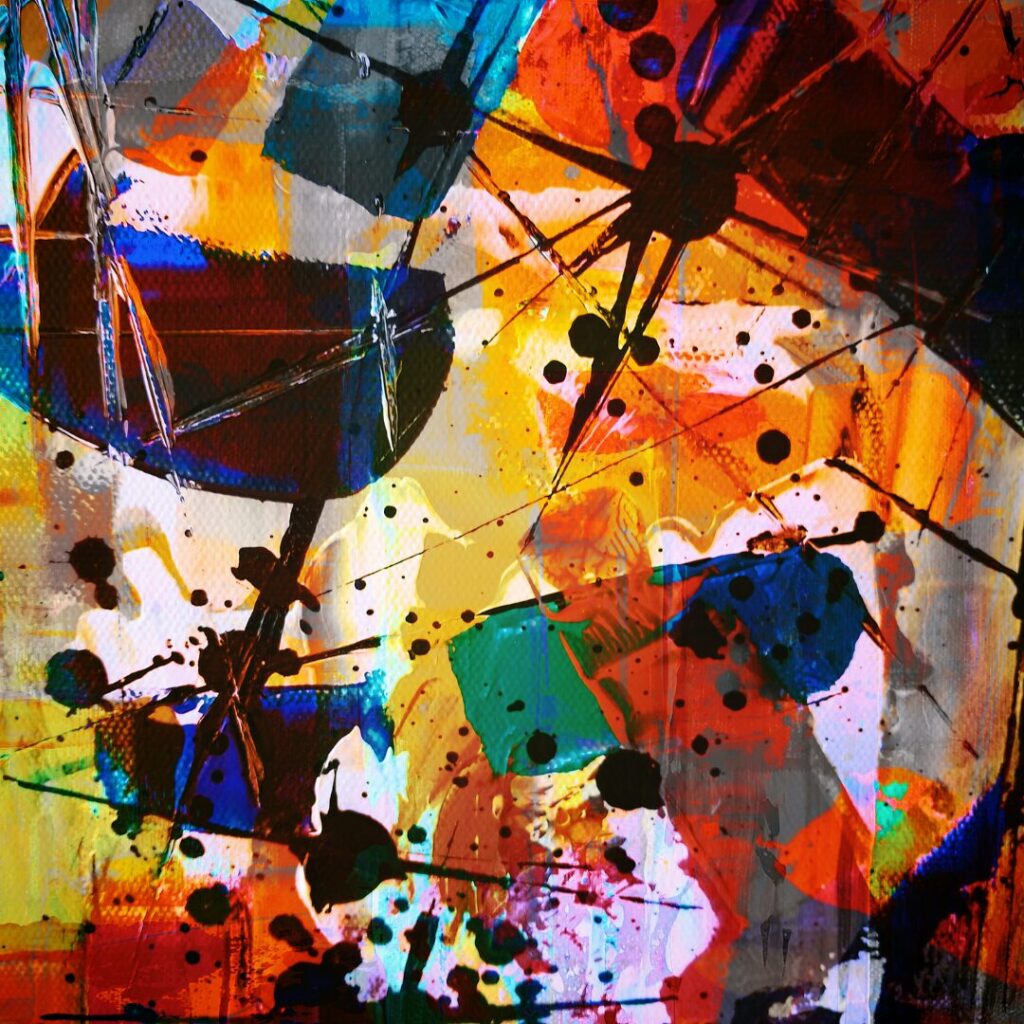When it comes to driving conversions, design is more than aesthetics, its strategy. Every color, font, layout, and image plays a role in how people perceive your brand and decide whether or not to take action.
At Branchleaf Digital, we design with purpose, blending creativity with data-backed strategy and tools like GoDaddy to help our clients turn casual visitors into confident buyers. And as year-end budgeting approaches, it’s worth remembering: a smart design investment isn’t just visual, it’s measurable ROI.
Why Design Matters for Conversions
An effective design strategy builds trust, reduces friction, and creates a clear path to purchase. It taps into psychology, guiding your audience from that first impression to the final conversion, often without them realizing it.
Before a visitor reads your content or clicks a button, they’ve already made judgments about your credibility and professionalism based on what they see. Design is the language that communicates those messages instantly.
First Impressions Build Credibility
You only get one chance to make a first impression, and online, that happens in milliseconds.
A cohesive, professional design signals trust and stability. Clean layouts, a consistent color palette, and polished typography tell your audience that you’re established and reliable.
On the other hand, cluttered or outdated visuals can create doubt, even if your services are excellent. A cohesive visual identity (your logo, fonts, and imagery) builds recognition and trust that carry through every interaction.
High-quality photography and visuals also matter. For e-commerce, that means clear, detailed product images. For service-based brands, it could be team photos or brand visuals that humanize your business and reinforce your professionalism.
Color Psychology: The Science Behind Emotion and Action

Color is one of the most powerful tools in design, and one of the easiest to overlook. It shapes emotion and influences behavior, often subconsciously.
- Warm colors like red and orange spark excitement and urgency, ideal for limited-time offers or calls to action.
- Cool colors like blue and green communicate calm, trust, and reliability, perfect for brands in tech, wellness, or finance.
Your color choices should align with both your audience’s expectations and your desired emotional outcome. The right palette reinforces your brand identity, increases recognition, and can subtly nudge users toward conversion, whether that’s filling out a form or clicking “Buy Now.”
Typography That Sells (and Speaks Your Brand)
Typography does more than make text readable, it sets the tone for your entire brand experience.
- Serif fonts convey tradition, luxury, and sophistication.
- Sans-serif fonts feel modern, clean, and approachable.
Readability is key. If your text is too small, decorative, or inconsistent, users will disengage. On the flip side, clear, balanced typography helps users scan content effortlessly, keeping attention where it matters most: your offer and your call to action.
The strategic use of headlines, subheads, and body text, also helps guide readers naturally through the buying journey, reducing decision fatigue and encouraging clicks.
Layout and Visual Hierarchy: The Path to Purchase
Your layout determines how users move through your site, and whether they make it to the finish line.
A strategic layout uses visual hierarchy to guide the eye toward the most important elements: your offer, proof points, and call-to-action (CTA).
- Clear CTAs like “Schedule a Call” or “Get a Quote” stand out.
- Ample white space keeps the design breathable and focused.
- Navigation should be intuitive, not a scavenger hunt.
The easier it is for someone to find what they’re looking for, the more likely they are to take the next step. Every click should feel like the obvious next move, rather than a puzzle to solve.
Designing for Emotion and Connection

Conversion doesn’t just come from logic, it comes from emotion. Great design tells a story that makes people feel something about your brand.
Imagery that reflects your audience’s lifestyle, aspirations, or challenges can create a sense of connection and belonging. Whether it’s showing real people using your product or using visuals that reflect your brand’s personality, emotion-driven design helps you move from transaction to relationship.
And that emotional connection? It’s what builds loyalty and long-term customer value.
Building Social Proof: Trust Through Design
Trust is the cornerstone of conversion. Social proof, like customer testimonials, reviews, or certifications, reinforces credibility.
When designed strategically, these elements don’t just exist on your site; they’re positioned to influence behavior at key decision points.
Think:
- Highlighting testimonials near CTAs
- Displaying review stars on product pages
- Integrating trust badges or security seals during checkout
Each one acts as a confidence booster that moves your visitor closer to saying “yes.”
Behavioral Design and Optimization
Even subtle design tweaks can shift buyer behavior. Tools like A/B testing allow you to experiment with button colors, headline phrasing, or image placement to see what actually drives results.
Other behavioral strategies, like countdown timers, low-stock alerts, or personalized recommendations, use psychology to encourage quicker decisions and reduce hesitation.
At Branchleaf, we use these optimization techniques (often built directly into GoDaddy and other digital tools) to help clients turn insights into measurable growth.
The Link Between UX and Conversions
User experience (UX) and conversion rates go hand in hand. A beautiful design that’s hard to use will never convert.
The most effective designs minimize friction:
- Fast-loading pages
- Mobile-optimized layouts
- Streamlined checkout processes
- Guest checkout or auto-fill options
When users encounter fewer obstacles, they complete more actions, whether that’s scheduling a consultation or finalizing a purchase.
UX design isn’t about perfection, it’s about predictability. The more intuitive your experience feels, the more your users trust it.
Design as a Revenue Driver

A strong design strategy doesn’t just “look good,” it performs. It directly impacts how customers think, feel, and act. When design is rooted in psychology, brand consistency, and user behavior, it becomes one of the most reliable conversion tools you have.
At Branchleaf Digital, we bring this strategy to life. Our design and development process focuses on ROI, using the right platforms, data, and visual strategy to turn browsers into buyers.
If you’re rethinking your website or preparing your marketing plan for next year, now’s the time to make design work for your bottom line.
Ready to turn your website into a conversion engine?
Let’s talk about how Branchleaf can build a design strategy that aligns with your goals, and delivers measurable results.


Leave a Reply
You must be logged in to post a comment.